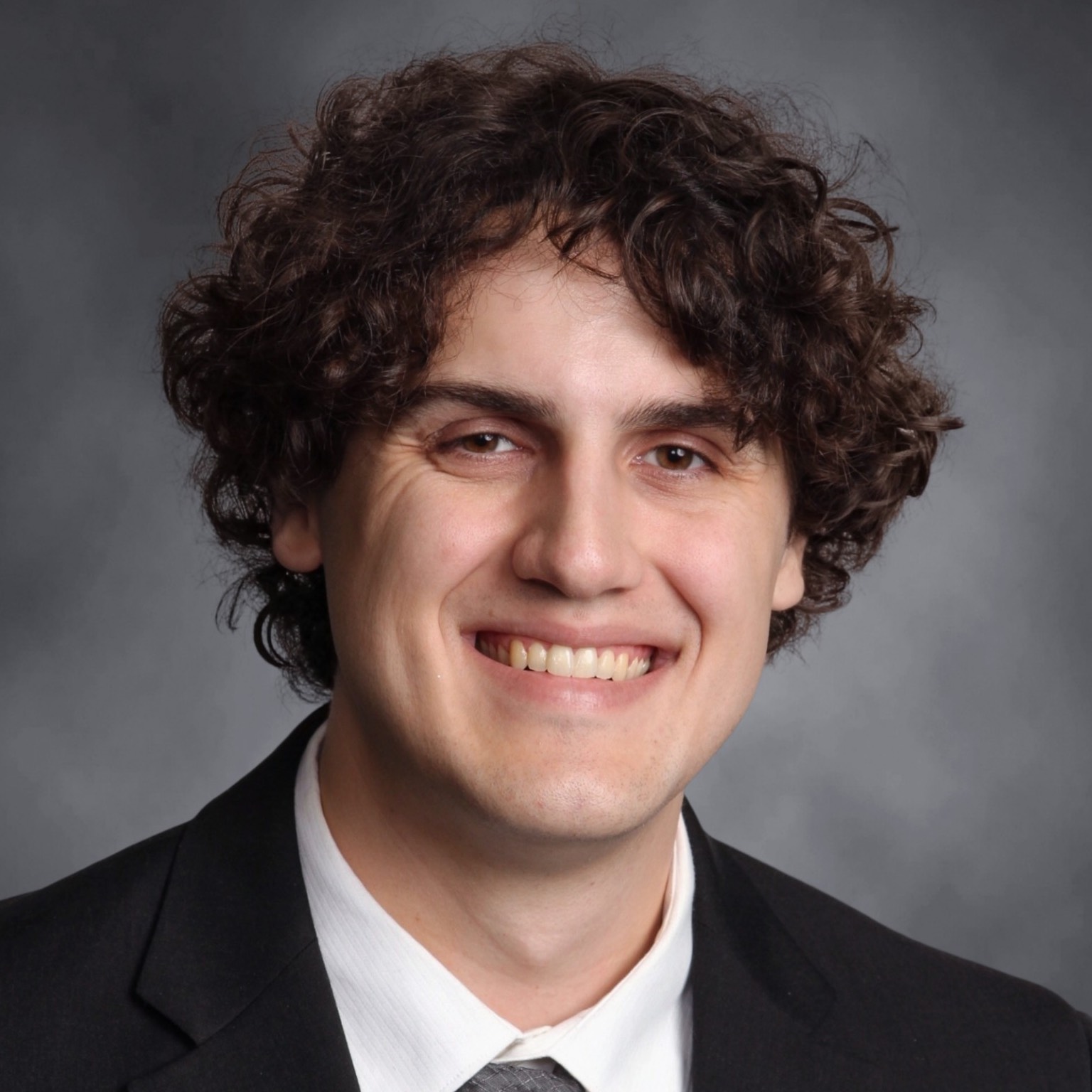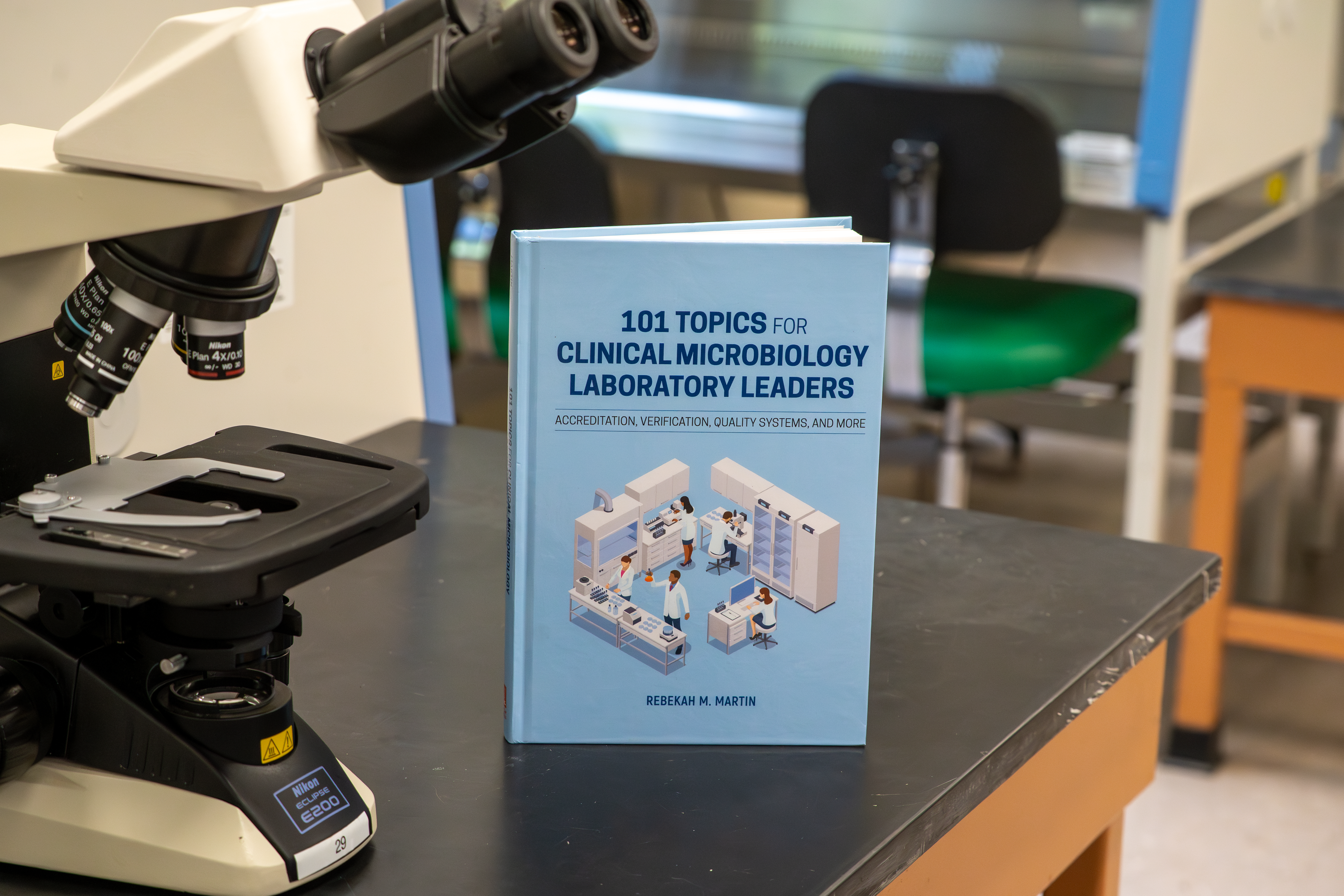Instincts lead to transformative work on life-threatening pathogen
Leonel Mendoza didn’t expect to study Pythium insidiosum (P. insidiosum), but he is happy he did. In the early 1980s, Mendoza, a medical microbiologist who, at that time, had no background with animals, was hired to begin investigating a skin disease in horses while working at the National University of Costa Rica School of Veterinary Medicine. To his surprise, he found that the same skin disease was previously reported at the beginning of the 20th century, but later abandoned. He started with the isolates he recovered from the infected Costa Rican horses.
“Sometimes you just have to follow your instincts,” Mendoza said, who works as a professor for the Department of Microbiology and Molecular Genetics and the Biomedical Laboratory Diagnostics Program for Michigan State University.
After graduating from the University of Texas-Austin with a Ph.D. in medical mycology, Mendoza continued his studies on the fungal-like pathogen. Pythiosis, caused by Pythium insidiosum, is commonly diagnosed in animals (horses and dogs) but can also affect humans. The disease is acquired from contaminated soil in wet environments and can enter the body through a small wound. If not treated early, the host could develop a lifethreatening infection with large, open lesions on the skin.
“My idea of research is to explore,” Mendoza said. “We knew there may be some problems because, when I joined MSU, pythiosis was not even in the veterinary curriculum.”
In 1996, Mendoza arrived at MSU with hopes of developing a reference lab for pythiosis while continuing his research on P. insidiosum. Since then, his research laboratory at MSU has acquired the largest collection of the pathogen in the world. These isolates are available to the scientific community upon request, a valuable contribution to the international effort to understand the virulence factors of this neglected pathogen.
“Physicians and animal owners who had cases contacted us and asked us questions about how to manage, how to diagnosis, and what tools are available to perform those analyses,” he said. “Collaborators (around the world) are essential (to this research).” Dr. Raquel Vilela, the director of the Instituto Superior de Medicina and professor at the Federal University of Minas Gerias—both in Brazil—has been a key partner in Mendoza’s research.
“I like people that are creative,” said Mendoza. “She is unstoppable in that respect.”
Mendoza’s contributions to pythiosis include a developed immunotherapy “vaccine” that is used to treat the infection. It uses antigens to trigger a host’s immunological response, which damages the cells of the pathogen. Mendoza said this therapy has an 80 percent effective rate for curing pythiosis in horses.
“I can die with no regrets because I know I have made a difference to those suffering from this life-threatening infection,” he said.
Currently, Mendoza has undergraduate students looking into the ancestral origin of P. insidiosum, to investigate if it came from the sea—as is the case of its closest relative P. grandisporagium.
“We hope this study will shed light on its ecological preferences, putative virulence factors and its management,” Mendoza said



